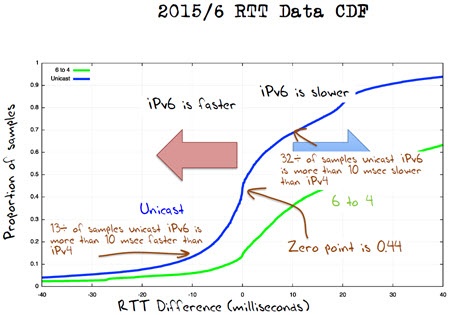Why Your DNS Infrastructure Should Support Dual-Protocol
In this installment of the Infoblox IPv6 Center of Excellence (COE) blog series, we will examine why organizations should make their public authoritative nameservers communicate using both IPv4 and IPv6. This has been the advice of experienced network architects for many years, but others may not be aware of why this would be an advantageous […]
TCP/IP Continues to Soar with a Multitude of Extensions
Many technologies come and go, but those that have staying power are able to evolve to meet changing business and user needs. These rare birds also boast a champion, either in the form of an industry backer or a community of knowledgeable supporters. TCP/IP (Transmission Control Protocol/Internet Protocol) and UDP (User Datagram Protocol) are examples […]
NetApp Insight: Extending the Data Fabric to the Cloud and Beyond
The consistent seamless data management between on premise environments and hybrid multi-cloud resources, while still maintaining control over your organization’s data, was the theme of the NetApp Insight 2016 conference held at the Mandalay Bay Conference center in Las Vegas. The conference welcomed over 5,000 NetApp customers, partners and employees from various countries, and I […]
IPv6 in the Data Center: Manual or Automatic Configuration?

IPv6 differs from IPv4 in a few key areas, perhaps most significantly in how IPv6 behaves on an Ethernet LAN. IPv6 has far more reliance on ICMPv6 and on multicast, whereas IPv4 uses broadcasts for most administrative LAN traffic like ARP. The IPv6 Neighbor Discovery Protocol (NDP) (RFC 4861) process includes essential functions that IPv6-capable […]
Migrating to SIP Trunking: Is It Worth the Move?
There has been a great deal of buzz over the past few years surrounding Session Initiation Protocol (SIP) trunking for connection to the Public Switched Telephone Network (PSTN). Many companies have pondered moving away from the traditional time-division multiplexing (TDM) links (i.e., Basic Rate Interface/BRI, Primary Rate Interface/PRI and Plain Old Telephone Service/POTS) and going […]
Automating the Care and Feeding of Your MOOSE

Information Technology (IT) departments have been traditionally designed to support MOOSE. No, not the large, furry mammals that roam forests in North America, Europe and Asia. In this context, MOOSE is actually an acronym coined by Forrester Research that explains the role of the IT department: maintain and operate the organization, systems and equipment.
Network Speed: Is IPv6 Faster than IPv4? (Part One)

Can IPv6 actually be faster across the Internet than IPv4? Let’s find out.
Pervasive Monitoring and DNS Privacy (Part 2)
In the previous blog on DNS privacy, we covered how the current DNS does not provide for any confidentiality of queries or responses. Pervasive Monitoring (PM) of clear-text DNS messages can reveal a great deal about a client. With a heightened awareness of Pervasive Monitoring, there is a sincere desire to preserve user’s personal privacy […]
Next Generation Identity Management Using Cisco Identity Services Engine (ISE) 2.0

Security has always been a driving principle at Cisco Systems. From the introduction of the Pix to the ASA (Adaptive Security Appliance), Cisco has been at the forefront of the firewall market. In the intrusion prevention space, Cisco has recently acquired Sourcefire, whose Snort products are now integrated with the company’s Next Generation IPS line […]
Pervasive Monitoring and DNS Privacy (Part 1)
Pervasive Monitoring (PM) of data networking traffic is not only performed by governments, but corporations wanting to inspect the behavior of employees or customers. The goal of network traffic monitoring can be benevolent. Organizations may want to detect malicious behavior to combat malware, identify insider threats, and prevent against criminal behavior. Unfortunately, the goal of […]